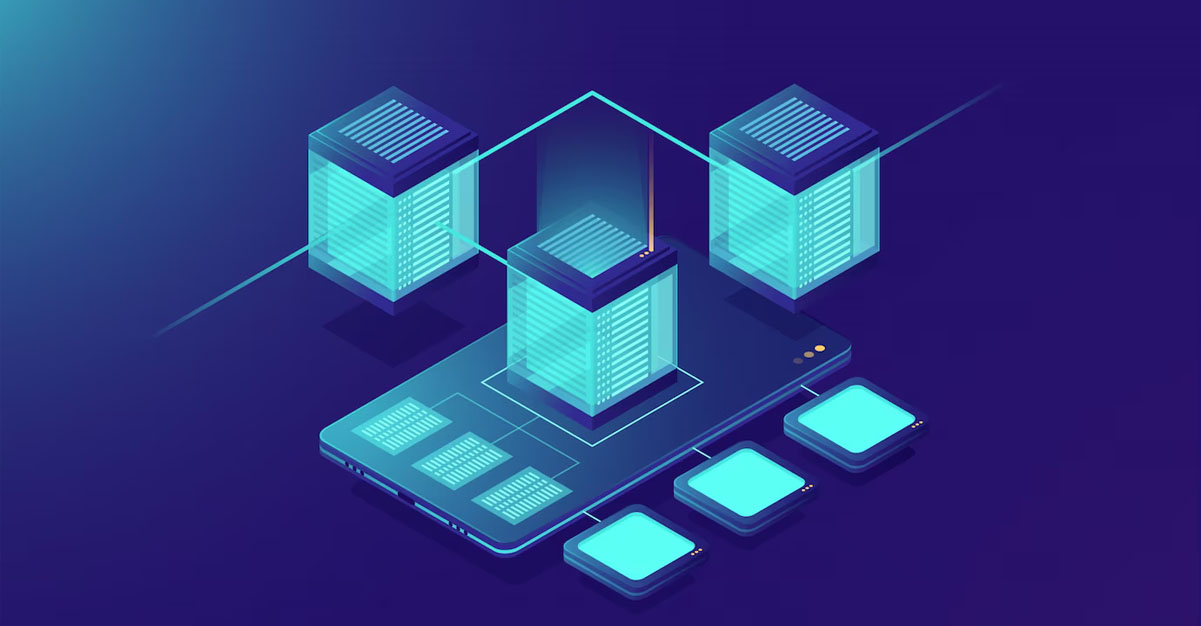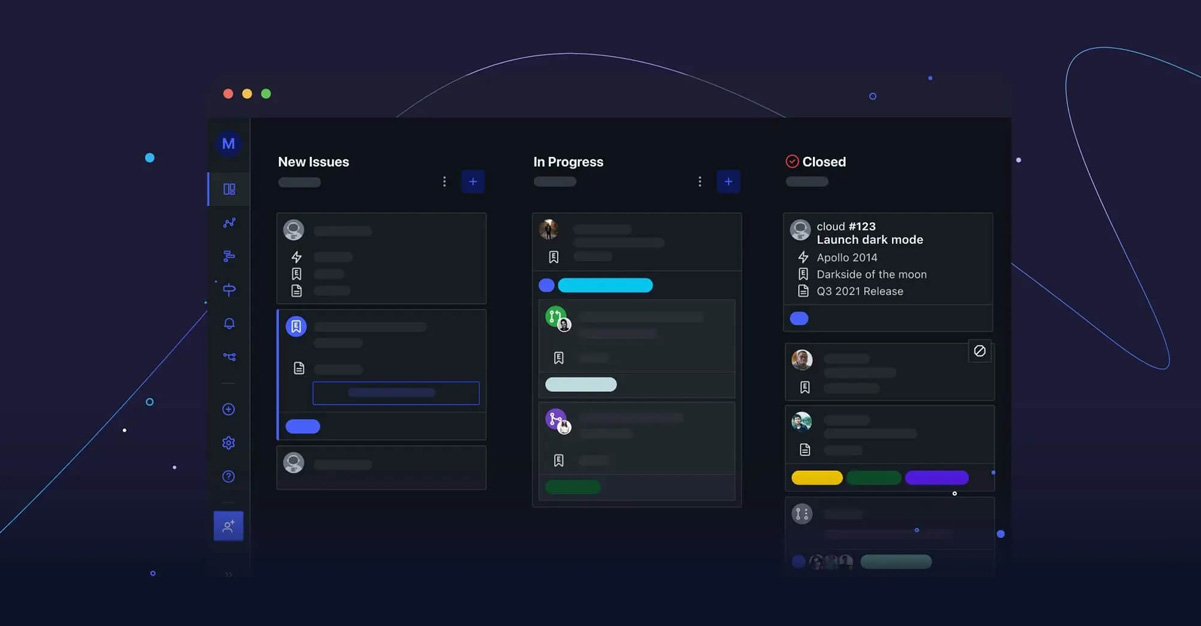ALM Digital: Trends in Web Development for 2023: Embracing the Future
In the ever-evolving world of technology, web development plays a crucial role in shaping the digital landscape. As we step into 2023, it's time to explore the exciting trends shaping web development's future. From immersive user experiences to advanced technologies, the web development industry embraces new frontiers, enabling businesses and individuals to thrive digitally. This blog post will delve into the key trends set to transform the web development landscape in 2023 and beyond.
Progressive Web Applications (PWAs)
Progressive Web Applications (PWAs) have gained significant traction in recent years, and this trend is set to continue in 2023. PWAs combine web and mobile applications best, offering users an app-like experience within their browsers. These applications can be accessed offline, are responsive, and provide seamless integration with native device features. With major companies like Twitter and Pinterest adopting PWAs, this trend is poised to shape the future of web development by providing users with fast, engaging, and reliable experiences.
Voice User Interfaces (VUIs)
Voice user interfaces (VUIs) have seen a surge in popularity with the rise of virtual assistants like Siri, Alexa, and Google Assistant. In 2023, VUIs will play an increasingly important role in web development, enabling users to interact with websites using their voice. Voice search optimization will become critical as businesses strive to optimize their websites for voice queries. Web developers must focus on creating voice-friendly interfaces and integrating voice technology seamlessly into web applications to cater to the growing number of voice-enabled devices.
Artificial Intelligence (AI) and Machine Learning (ML)
Artificial Intelligence (AI) and Machine Learning (ML) are revolutionizing various industries, and web development is no exception. AI and ML technologies are being utilized to enhance user experiences, personalize content, and automate processes. Chatbots, for example, powered by AI, are being integrated into websites to provide real-time customer support. ML algorithms also analyze user behaviour, enabling sites to deliver personalized content and recommendations. As AI and ML advance, web developers will have more opportunities to create intelligent, efficient, customized web experiences.
Single-Page Applications (SPAs)
Single-Page Applications (SPAs) have gained popularity due to their ability to deliver fast, seamless user experiences. SPAs eliminate the need for page reloads, making web applications feel more like native apps. With the increasing demand for fast-loading websites and smooth interactions, SPAs are set to dominate the web development landscape in 2023. Frameworks like React and Angular have made it easier for developers to build SPAs, and this trend is likely to continue as businesses seek to provide enhanced user experiences.
Motion Design and Microinteractions
In 2023, web developers will focus on incorporating motion design and micro interactions to create visually appealing and engaging websites. Motion design involves animations, transitions, and effects to guide users through a website and make interactions more intuitive. Microinteractions, on the other hand, are small, subtle animations that provide user feedback and enhance the overall user experience. By incorporating motion design and micro interactions, web developers can create aesthetically pleasing but also interactive and user-friendly websites.
Blockchain Integration
Blockchain technology has disrupted various industries, and its potential in web development is gaining attention. 2023 we expect to see an increased focus on blockchain integration in web applications. Blockchain offers enhanced security, data transparency, and decentralized architectures.
Augmented Reality (AR) and Virtual Reality (VR)
With the advancement of AR and VR technologies, web developers are starting to explore their potential in creating immersive web experiences. In 2023, we expect to see more web applications leveraging AR and VR to provide interactive and engaging content. This trend will open up new possibilities for e-commerce, real estate, and tourism industries, allowing users to visualize products and environments in a virtual space.
Cybersecurity and Data Privacy
Cybersecurity and data privacy will remain paramount for web developers as the digital landscape evolves. With increased incidents of data breaches and privacy concerns, web developers in 2023 will focus on implementing robust security measures, such as encryption protocols, secure authentication, and vulnerability testing. Compliance with data protection regulations like the General Data Protection Regulation (GDPR) will also be a key consideration.
Progressive Web AMPs
Accelerated Mobile Pages (AMPs) have been around for a while, enabling fast-loading mobile web experiences. In 2023, we can expect to see the convergence of Progressive Web Applications (PWAs) and AMPs, resulting in Progressive Web AMPs. This hybrid approach combines the benefits of both technologies, providing users with lightning-fast and engaging mobile experiences. Web developers will focus on optimizing websites for mobile devices, ensuring fast load times and seamless navigation.
Dark Mode Design
Dark mode design has gained popularity recently, offering users a visually appealing and eye-friendly alternative to traditional light mode interfaces. In 2023, web developers will increasingly incorporate dark mode design into their websites, allowing users to switch between light and dark themes. This trend aligns with the growing demand for personalized user experiences and accessibility options.
Low-Code and No-Code Development
The rise of low-code and no-code development platforms has democratized web development, allowing individuals with limited coding knowledge to create functional websites and applications. In 2023, these platforms will continue to evolve, providing more robust features and customization options. Web developers will embrace low-code and no-code tools to streamline development processes, accelerate project timelines, and empower non-technical users to build their web solutions.
Conclusion
The world of web development is constantly evolving, driven by technological advancements and changing user expectations. As we look towards 2023, embracing the future means staying ahead and adopting the latest trends. From advanced web applications and voice user interfaces to artificial intelligence and motion design, web developers will play a crucial role in shaping the digital experiences of tomorrow. By embracing these trends and leveraging cutting-edge technologies, businesses and individuals can thrive in the dynamic and ever-expanding digital landscape.
.jpg)





Comments
Post a Comment